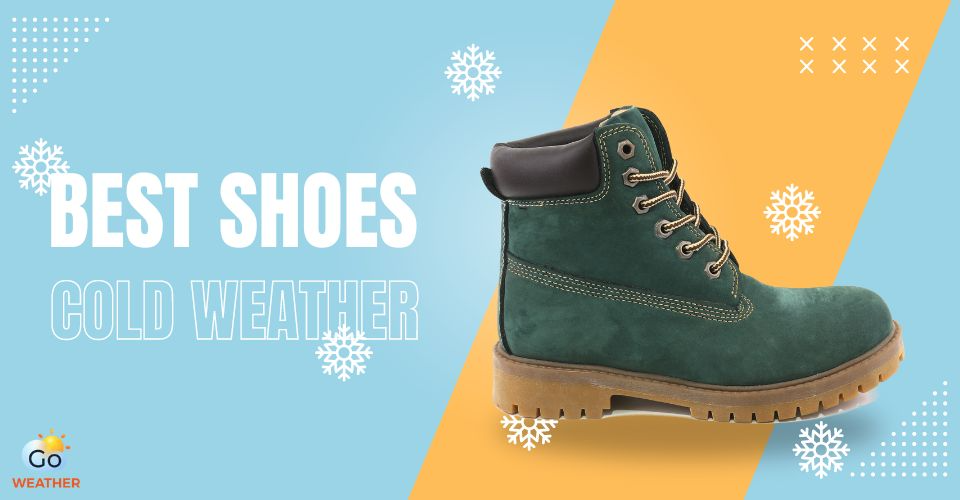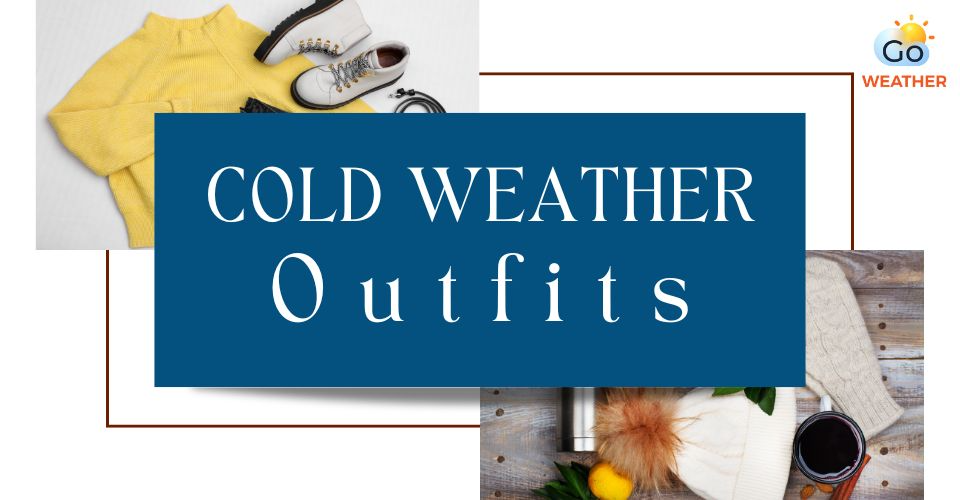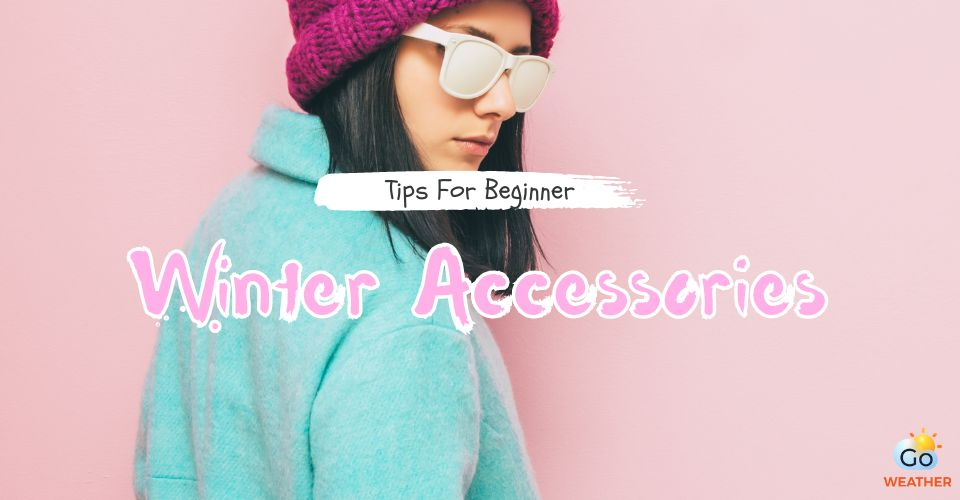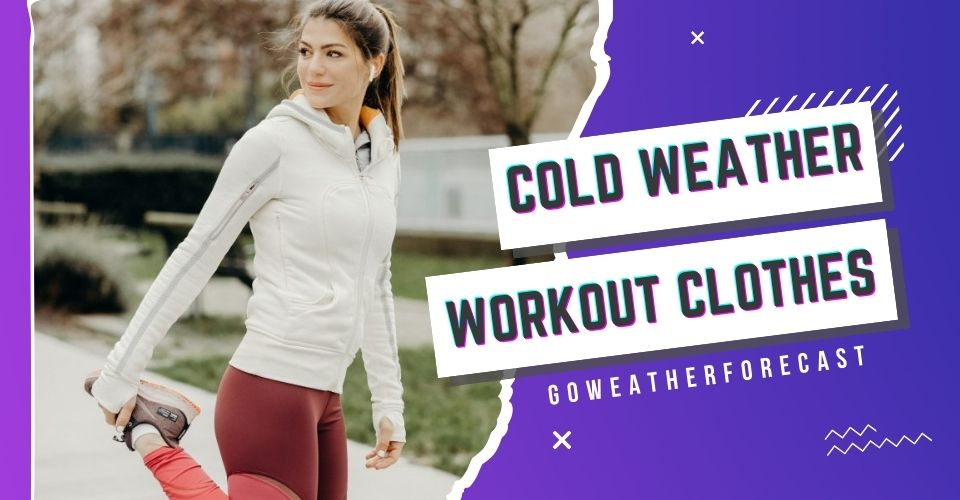How to Dress for Cold Weather: 3 Essential Layers for Maximum Warmth
- How to Dress for Cold Weather?
- Base Layer
- Middle Layer
- Outer Layer
- Tips on How to Dress for Cold Weather
- Go for wintry accessories
- Safety Is More Important Than Fashion
- Keep your feet warm
- Check the Weather Forecast
- Cold Weather Outfit Ideas
- Jumpsuits
- Chunky Cardigans
- Leather
- Sweater Dresses
- Faux Fur
Winter is approaching quickly, and it will get colder and colder. Now may be a good time to prepare our closets for the upcoming winter with extremely cold weather. But how to dress for cold weather? Though we all know it’s quite hard to stay fashionable during extremely cold days, you will still look stylish if you mix and match your clothing items. Scroll down to find out!
.jpg)
How to dress for the cold weather?
How to Dress for Cold Weather?
The key to dressing for cold weather is layering. Proper layering of clothes is essential for their effectiveness.
The secret is striking a balance between protection, moisture control, and warmth to create a unified outfit that changes with the weather.
Base Layer
Your skin is next to your base layer, intended to control moisture and wick sweat away from the skin to keep you comfortable and dry. The purpose of its tight fit is to maintain body temperature optimally.
To select the optimal base layer, take into account the following factors:
|
Fabric |
Polyester and other synthetic fabrics work well at both wicking and drying. Merino wool is silky and non-itchy, making it a fantastic natural fiber choice. |
|
Fit |
Everything should fit comfortably snug but not too tight, as wicking cannot occur in areas where the cloth is not in contact with the skin. |
|
Thickness |
Heavyweight clothing is appropriate for below-freezing temperatures and low activity levels. Midweight is preferable. Lightweight clothing can be saved for warmer weather. |
Middle Layer
This layer adds insulation to help retain the heat that our bodies create. It’s worn between the base layer and the outer jacket layer. It should be breathable so moisture can escape and you don’t get overheated.
Some examples of the middle layer are a down sweater, a fleece vest, a synthetic insulation jacket, etc.
|
Insulation material |
Puffy jackets are helpful when it's really cold outside. If the weather is moist or you will sweat a lot, puffy ones with synthetic fills are a better choice. |
|
Insulation thickness |
This is challenging since insulation types vary, and thickness cannot be used to determine warming levels. However, you may glance at two jackets with the exact insulation specifications and determine that puffier equals warmer. |
|
Full coverage |
It's simple to get obsessed with jackets. Save some love for the legs. Instead, bring insulated or fleece trousers so your lower body can maintain warmth like your upper body. |
Outer Layer
Wear an outer shell jacket over your middle layer to shed water and snow and protect you from heavy wind. The outer layer, which is waterproof and has increased breathability, will enable moisture to be transferred away from your body more quickly.
|
Precipitation protection |
When choosing a shell, be sure it is "waterproof" rather than just "water resistant," unless there is a nearby shelter. |
|
Breathable protection |
Your base layer's nasty perspiration needs to get out. So, wear breathable clothing to prevent moisture buildup that might soak you. Anything labeled as "waterproof or breathable" should protect you. |
|
Windchill protection |
Fortunately, a shell designated as "waterproof" is also "windproof." |
|
Shell pants |
Ensure your boot tops are covered since having cold, damp ankles is unpleasant. |
Tips on How to Dress for Cold Weather
This winter, don’t let the cold weather dampen your style. Keep the following tips in mind when it comes to how to dress for cold winter:
Go for wintry accessories
A hat is key to staying warm and fashionable when you are outside in winter. It’s estimated that 40 - 50% of our body heat is through the head, so keeping it as warm as possible makes sense.
Similarly, it’s important to keep your hands warm by wearing gloves. Scarves, knit headbands, earmuffs, and other wintry accessories are also must-have cold weather accessories for winter.
.jpg)
Go for wintry accessories
In fact, many people go out without protective eyewear and sunscreen in winter. However, sun damage can still be strong in cloudy weather.
Thus, remember to wear sunglasses with UV protection and apply sunscreen and lip balm even on cold, cloudy winter days.
Safety Is More Important Than Fashion
Your health and your safety are always the most important. Very low temperatures and severe weather can be a health hazard, so it’s best to sacrifice your fashion sense temporarily rather than a risk to your health.
Keep your feet warm
You should never let your feet get cold in freezing weather. Always keep your feet warm by wearing appropriate socks and shoes for winter. Wool or wool blend socks are considered great natural insulators.
.jpg)
Keep your feet warm
Additionally, always ensure that your footwear fits your feet well and is large enough to accommodate the socks you will be wearing most often during the winter.
Footwear that constricts your foot will make you uncomfortable and constrict your blood flow, causing your feet to be cold. Besides, you may also want to have gaiters to prevent snow or water from entering over the tops of your boots.
Check the Weather Forecast
Checking the weather forecast frequently is a good way to prepare for what to wear and carry on winter days.
If you know the temperature is going to go up a little bit and rain is not expected, it’s good to dress appropriately and carry only what you need in your handbag. For example, umbrellas can be left at home.
.jpg)
Pay attention to the weather forecast
Similarly, you will be better prepared with appropriate clothing if you know beforehand that the temperature will be below the freezing point. Gloves, hats, and scarves are all essential items to carry around with you.
You can get the latest and most exact weather predictions by visiting GoWeatherForecast!
Cold Weather Outfit Ideas
When it comes to dressing for cold weather, it's OK to seek inspiration from others for stylish yet practical winter ensembles if you don't know how to dress warm in winter.
Jumpsuits
.jpg)
Styling your winter outfit with a jumpsuit
These one-and-done outfits are sleek and conform to the specific contour of your body to serve as a genuine basis, which makes layering much easier. They are unmatched in their level of adaptability and comfort.
Chunky Cardigans
.jpg)
How to dress for cold weather with a chunky cardigan?
In addition to being incredibly comfortable, cardigans are also very versatile. They look great as loungewear with flare leggings, a simple long-sleeve shirt, and slippers, or they may be dressed down for the workplace with pants and slippers.
Leather
.jpg)
Style with leather
This is an additional material that will keep you warm all winter long. You may choose leather leggings or exchange your fuzzy boots for a more durable pair of leather booties and a down jacket for a leather one.
Sweater Dresses
.jpg)
Outfits with sweater dresses
Dressing for cold mornings may be challenging, so one-and-done winter outfits, such as sweater dresses, are helpful. Because they're timeless and straightforward to put together, sweater dress outfits are always in demand throughout the colder months.
Faux Fur
.jpg)
How to style with faux fur?
In the winter, fur is a popular barrier against the cold owing to several innovative designs. Because it traps heat so well, furry coats, caps, leg warmers, earmuffs, gloves, and more are great complements to cold-weather ensembles.
Related:
Conclusion
Now, you know more about how to wear and what to wear in the cold winter, as well as some outfit ideas. Hope that this article on how to dress for cold weather provides useful and interesting information.











0 Comments
Leave a Comment
Your email address will not be published. Required fields are marked *